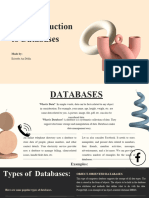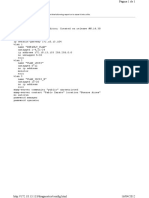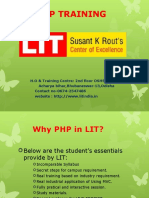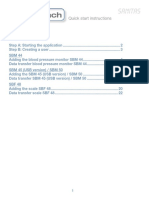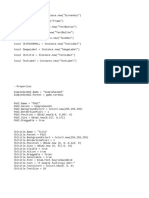0% found this document useful (0 votes)
7 views20 pagesIntroduction To Databases Presentation
The document provides an introduction to databases, covering their definition, importance, types, and terminology. It discusses relational and NoSQL databases, database management systems, and real-world applications, highlighting advantages and challenges. The conclusion emphasizes the significance of databases in modern life and the relevance of understanding their basics for IT careers.
Uploaded by
Shirminaz HassenCopyright
© © All Rights Reserved
We take content rights seriously. If you suspect this is your content, claim it here.
Available Formats
Download as PPTX, PDF, TXT or read online on Scribd
0% found this document useful (0 votes)
7 views20 pagesIntroduction To Databases Presentation
The document provides an introduction to databases, covering their definition, importance, types, and terminology. It discusses relational and NoSQL databases, database management systems, and real-world applications, highlighting advantages and challenges. The conclusion emphasizes the significance of databases in modern life and the relevance of understanding their basics for IT careers.
Uploaded by
Shirminaz HassenCopyright
© © All Rights Reserved
We take content rights seriously. If you suspect this is your content, claim it here.
Available Formats
Download as PPTX, PDF, TXT or read online on Scribd
/ 20



























